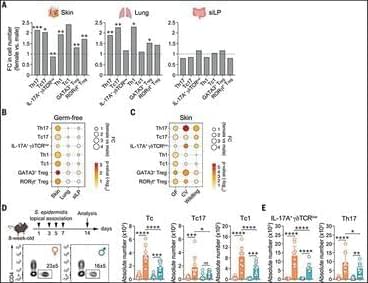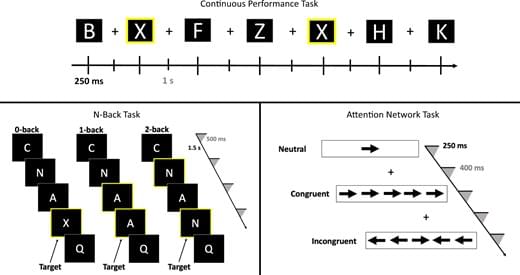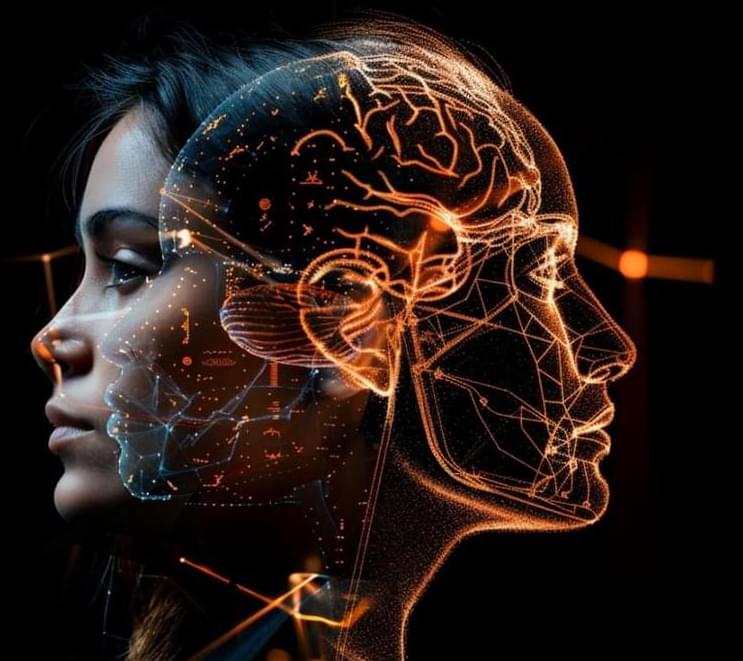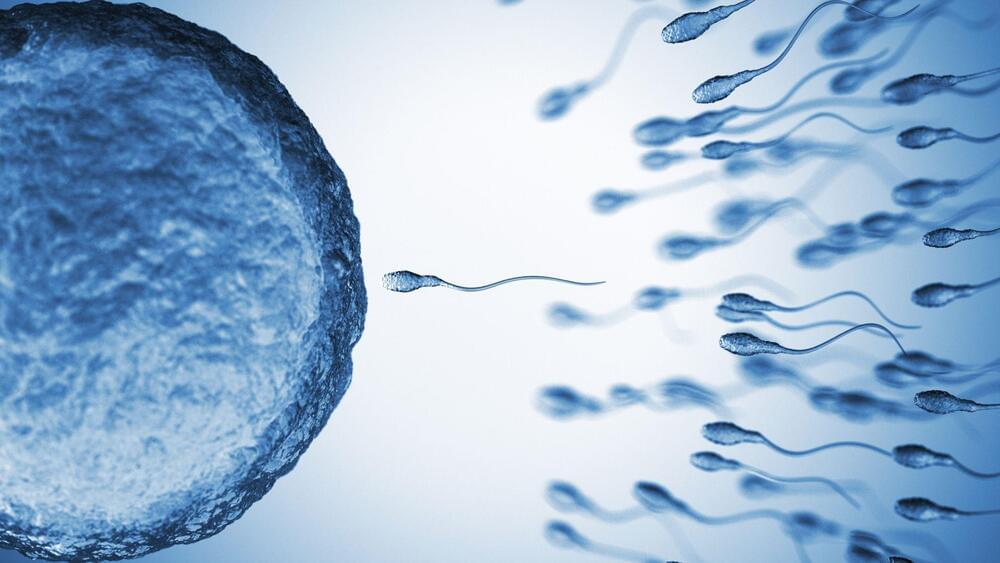The team found that administering an HDAC inhibitor orally effectively halted sperm production and fertility in mice while preserving the sex drive.
Researchers are grappling with the challenge of developing effective male contraceptives as existing attempts to block sperm production, maturation, or fertilization have fallen short, either offering incomplete protection or leading to severe side effects.
Now, a team of researchers at the Salk Institute in the US has developed a novel approach to halting sperm production, which is both non-hormonal and reversible, marking a significant advancement in male contraception research.
Researchers have identified a novel protein complex governing gene expression in sperm production. By administering an existing class of drugs, called HDAC (histone deacetylase) inhibitors to male mice, they effectively disrupt this complex, leading to infertility without impacting libido. This breakthrough suggests a promising avenue for non-hormonal and reversible male contraception, according to the team.








